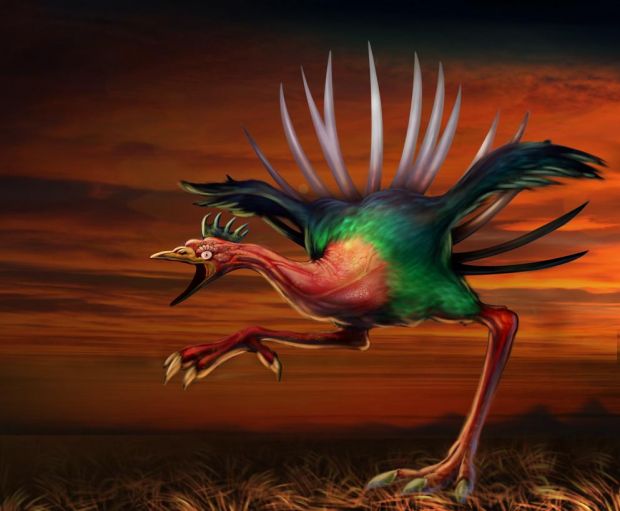

In 1892, Anthonie Cornelis Oudemans, then director of the Royal Zoological Gardens at The Hague, saw the publication of his The Great Sea Serpent, which suggested that many sea serpent reports were best accounted for as a previously unknown giant, long-necked pinniped. Ship damage from Tropical cyclones such as hurricanes or typhoons may also be another possible origin of sea monsters. Cryptozoologists suggest that modern-day monsters are surviving specimens of giant marine reptiles, such as an ichthyosaur or plesiosaur, from the Jurassic and Cretaceous Periods, or extinct whales like Basilosaurus. Other reports are known from the Pacific, Indian and Southern Oceans (e.g. There is a Tlingit legend about a sea monster named Gunakadeit (Goo-na'-ka-date) who brought prosperity and good luck to a village in crisis, people starving in the home they made for themselves on the southeastern coast of Alaska. The monster was longer than our whole ship.Įllis (1999) suggested the Egede monster might have been a giant squid. The unknown creature was using giant fins which propelled it through the water. The head was small and the body short and wrinkled. The monster lifted its head so high that it seemed to be higher than the crow's nest on the mainmast. Hans Egede, a Dano-Norwegian missionary, reported that on a voyage to Godthåb on the western coast of Greenland he observed: Ī most terrible creature, resembling nothing they saw before. Another account of an encounter with a sea monster comes from July 1734.

Sir Humphrey Gilbert claimed to have encountered a lion-like monster with "glaring eyes" on his return voyage after formally claiming St. For example, Avienius relates of Carthaginian explorer Himilco's voyage ".there monsters of the deep, and beasts swim amid the slow and sluggishly crawling ships." (lines 117–29 of Ora Maritima). Sea monster accounts are found in virtually all cultures that have contact with the sea. Sea serpent reported by Hans Egede, Bishop of Greenland, in 1734 A sea monster depicted in mid-Atlantic in Petrus Plancius' 1592 map of New France. 1544 depicting various sea monsters compiled from the Carta marina. The definition of a "monster" is subjective further, some sea monsters may have been based on scientifically accepted creatures, such as whales and types of giant and colossal squid. They can be slimy and scaly and are often pictured threatening ships or spouting jets of water. Marine monsters can take many forms, including sea dragons, sea serpents, or tentacled beasts. Sea monsters are beings from folklore believed to dwell in the sea and often imagined to be of immense size. Legendary sea-dwelling creature Picture taken from a Hetzel copy of Twenty Thousand Leagues Under the Sea.


 0 kommentar(er)
0 kommentar(er)
